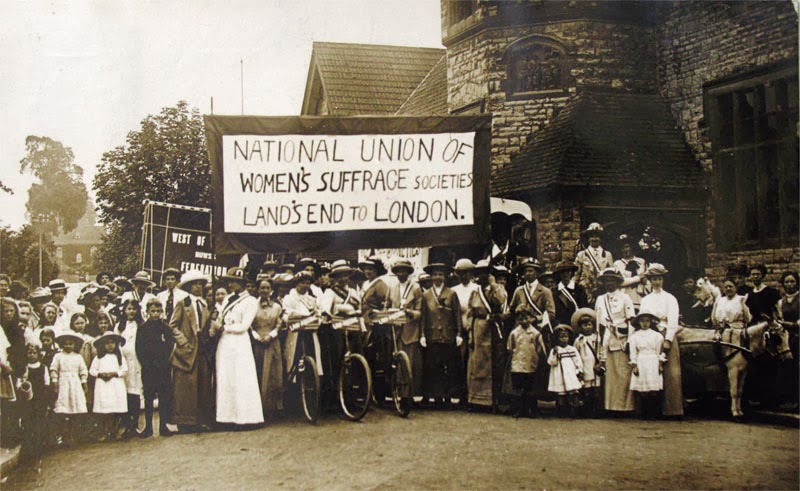It has been argued that the modern world began on 4 September 1882.
At 3 o'clock that afternoon, Thomas Edison switched on his generating station's electrical power distribution system, located on Pearl Street in lower Manhattan. It provided 110 volts of direct current (DC) electricity to 59 customers near the plant.
While Edison's plant wasn't the first attempt to light streets, businesses or homes by electricity, it was the first facility to make electricity available to large numbers of customers at a price that could compete with the price of gas. Previously, only individual homes and businesses--as well as a block of l'Avenue de l'Opera in Paris--were illuminated by electric light. And those buildings and streets were powered by individual, self-contained generators.
Edison, in short, created the world's first central power plant. It was also the world's first co-generation plant, as the steam engines used to create electricity created a thermal byproduct, which Edison would use to heat nearby homes.
In those days, people were even more fascinated with technological innovations than we are now. In the case of electricity, it's easy to understand why: Having such a readily-available power source for artificial lighting freed people (in the cities, anyway) from the cycles of daylight and darkness. Activities that previously ceased at sundown could continue in the light of the moon and stars--and Edison's electrical lamps.
Bicycle races were no exception. In particular, night races on the track became feasible. One of the first such races took place in Riverton, New Jersey--just across the Delaware River from Philadelphia--on 25 September 1894.
Apparently, that race was a "hit" with the public, as this report from the Trenton Evening Times of the following day attests:
Now, 4000 spectators may not sound like a lot. But Riverton's track was a 1/4 mile (400 meter) circuit, which wouldn't have allowed for a large seating capacity--if the track had a grandstand. Plus, the borough of Riverton had, at the time, a population of around 1200. (In 2015, it could claim 2748 residents.) Any event that can attract more than three times as many people as live in the community that's hosting it sounds like a success to me.
Anyway, "electric light races" became popular all over the US and Europe. Soon enough, Edison's development would make it possible not only to hold night races outdoors, but also to stage indoor races--and other sporting events--at any time of day or night.
At 3 o'clock that afternoon, Thomas Edison switched on his generating station's electrical power distribution system, located on Pearl Street in lower Manhattan. It provided 110 volts of direct current (DC) electricity to 59 customers near the plant.
While Edison's plant wasn't the first attempt to light streets, businesses or homes by electricity, it was the first facility to make electricity available to large numbers of customers at a price that could compete with the price of gas. Previously, only individual homes and businesses--as well as a block of l'Avenue de l'Opera in Paris--were illuminated by electric light. And those buildings and streets were powered by individual, self-contained generators.
Edison, in short, created the world's first central power plant. It was also the world's first co-generation plant, as the steam engines used to create electricity created a thermal byproduct, which Edison would use to heat nearby homes.
 |
| Edison's power-generating plant at 255-57 Pearl Street in New York City |
In those days, people were even more fascinated with technological innovations than we are now. In the case of electricity, it's easy to understand why: Having such a readily-available power source for artificial lighting freed people (in the cities, anyway) from the cycles of daylight and darkness. Activities that previously ceased at sundown could continue in the light of the moon and stars--and Edison's electrical lamps.
 |
| Le Velodrome by Paul Signac, 1899 |
Bicycle races were no exception. In particular, night races on the track became feasible. One of the first such races took place in Riverton, New Jersey--just across the Delaware River from Philadelphia--on 25 September 1894.
 |
| From the Philadelphia Inquirer, 17 September 1894 |
Apparently, that race was a "hit" with the public, as this report from the Trenton Evening Times of the following day attests:
Now, 4000 spectators may not sound like a lot. But Riverton's track was a 1/4 mile (400 meter) circuit, which wouldn't have allowed for a large seating capacity--if the track had a grandstand. Plus, the borough of Riverton had, at the time, a population of around 1200. (In 2015, it could claim 2748 residents.) Any event that can attract more than three times as many people as live in the community that's hosting it sounds like a success to me.
 |
| Sketch of the Riverton velodrome. From the New York Times, 9 June 1895 |
Anyway, "electric light races" became popular all over the US and Europe. Soon enough, Edison's development would make it possible not only to hold night races outdoors, but also to stage indoor races--and other sporting events--at any time of day or night.














